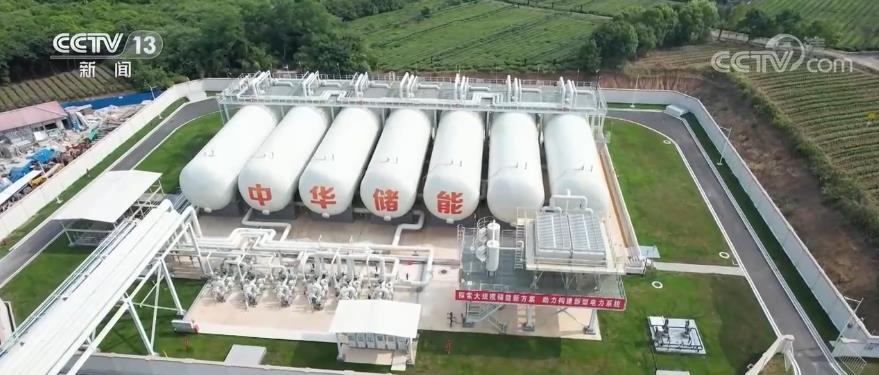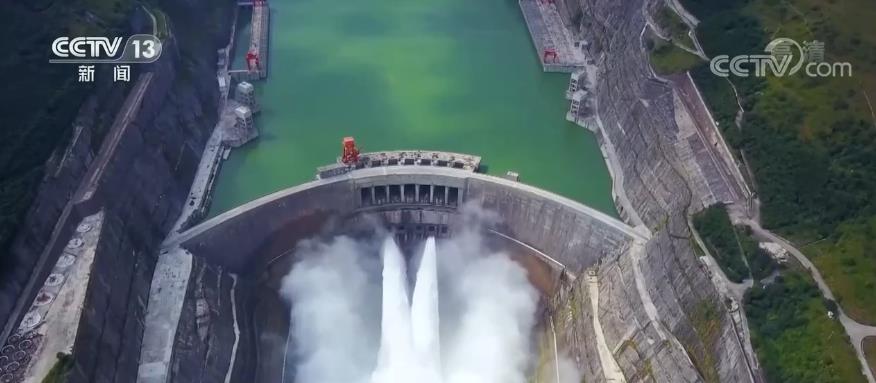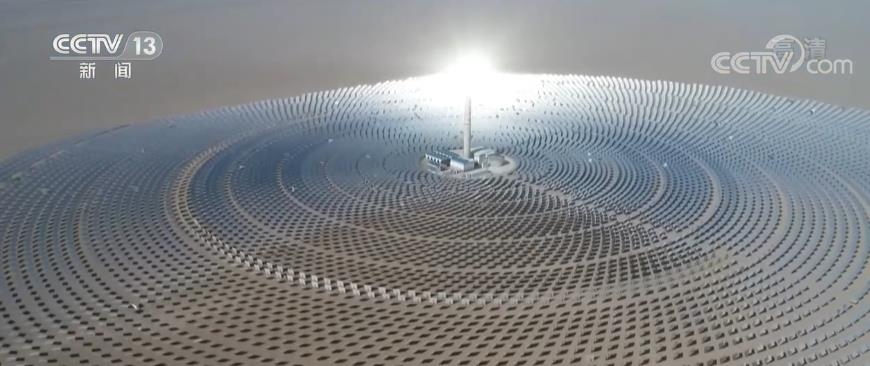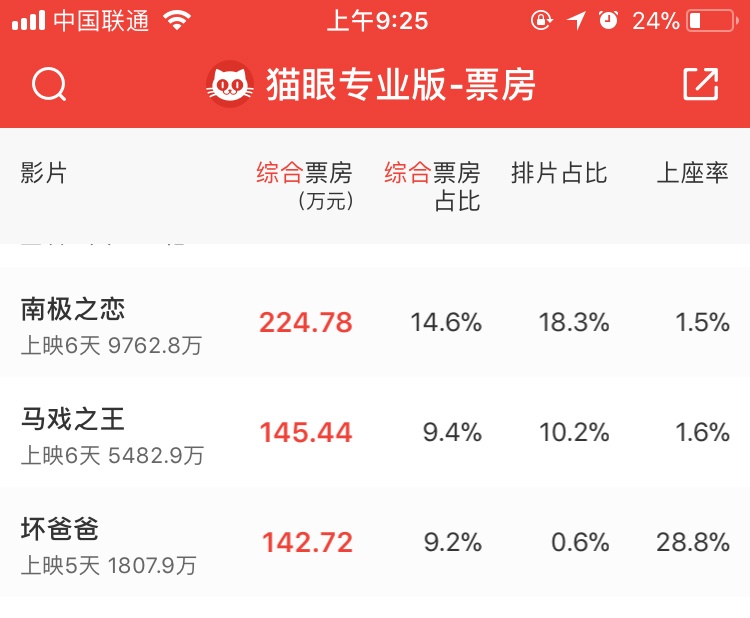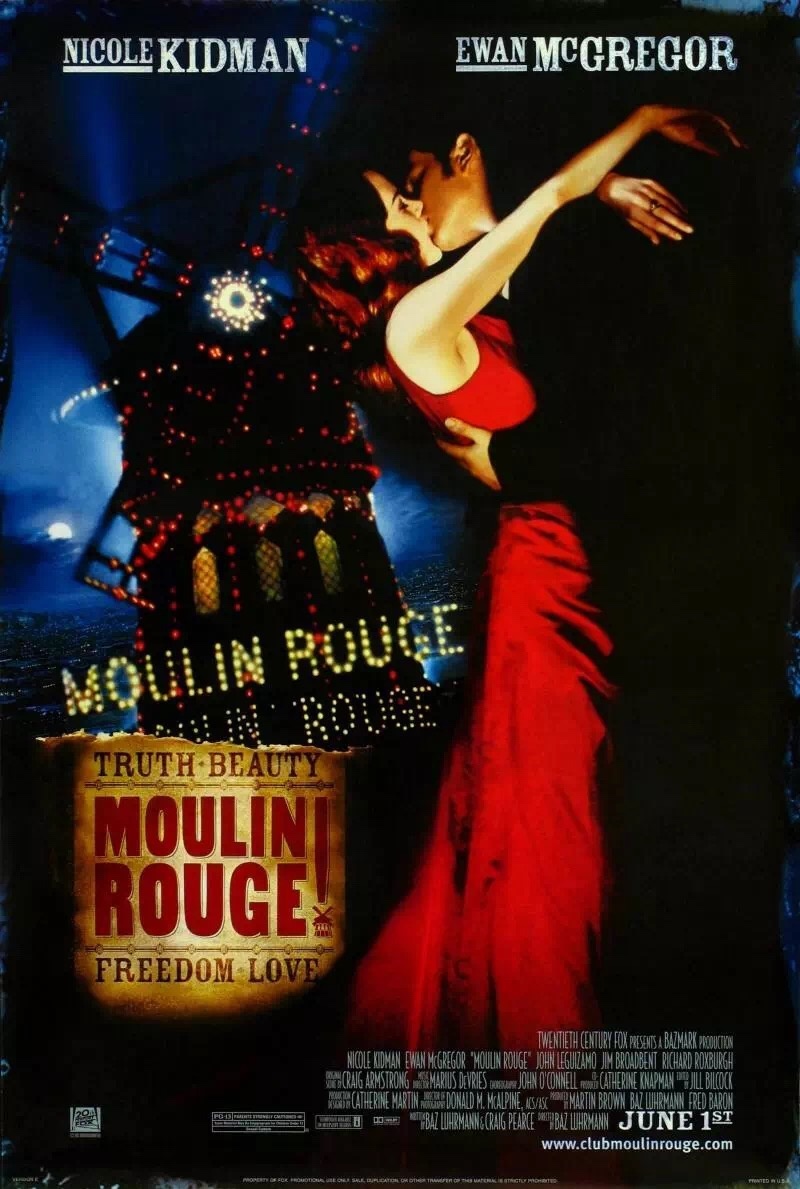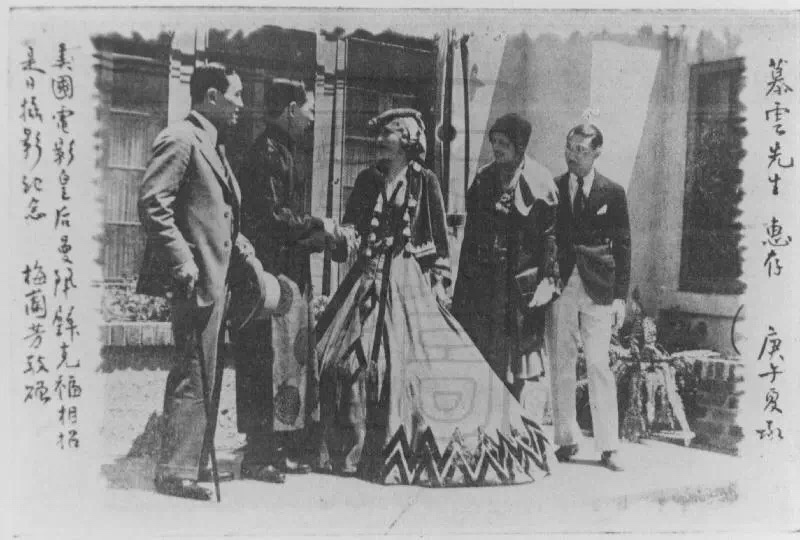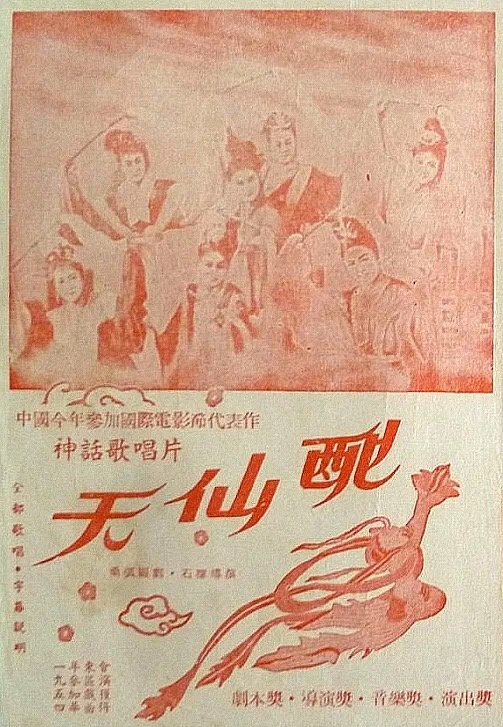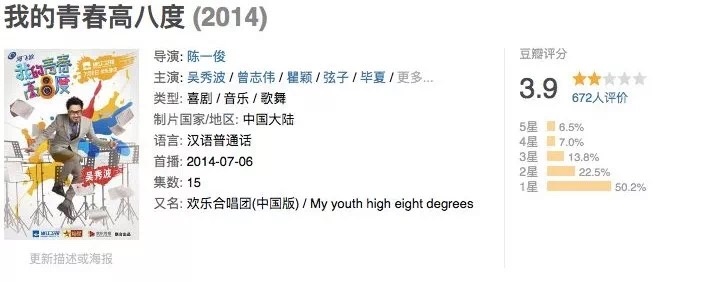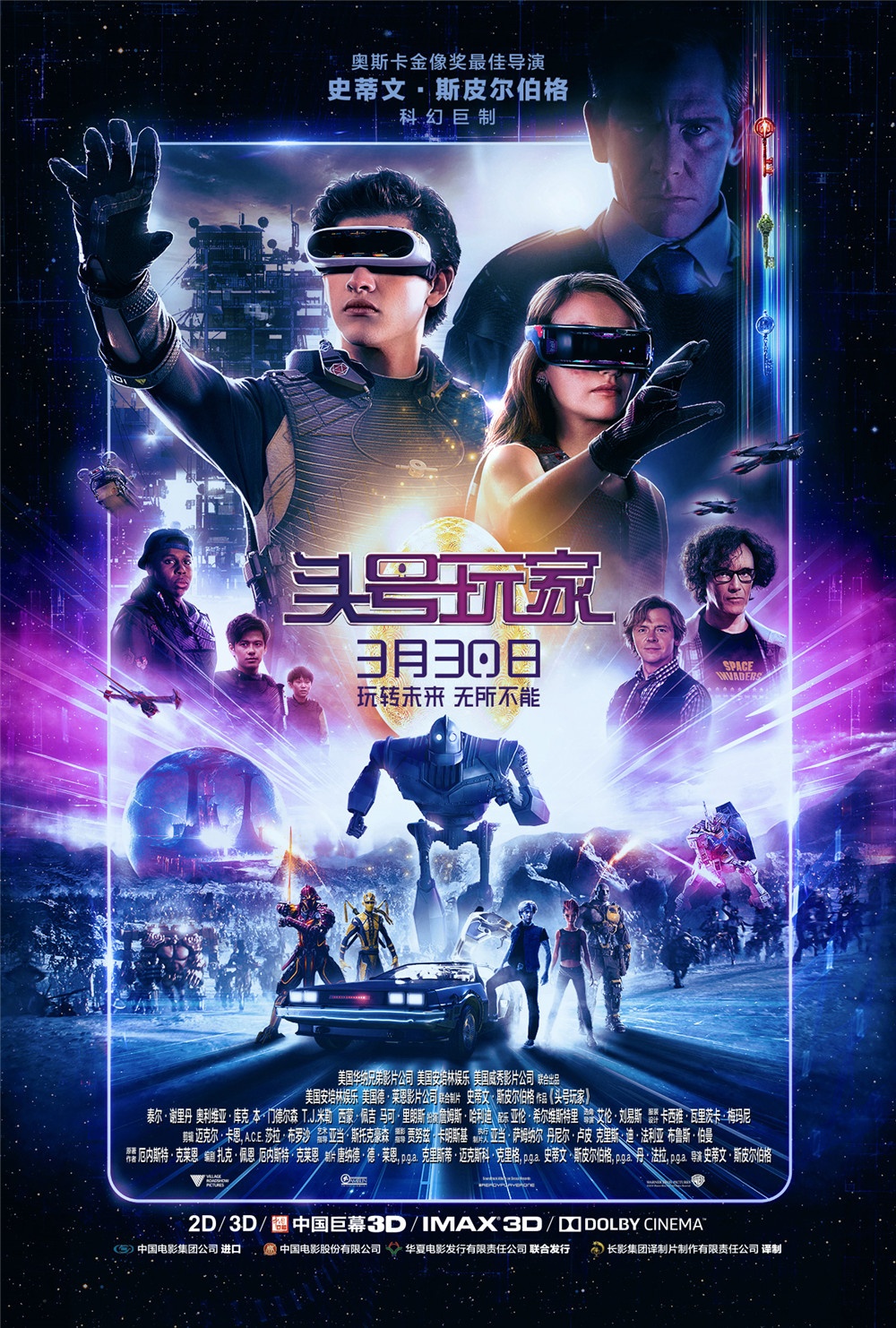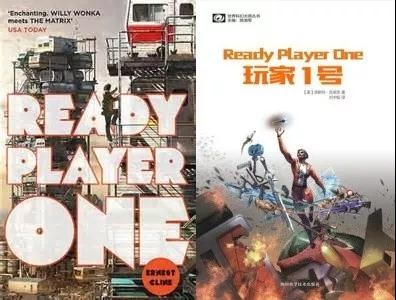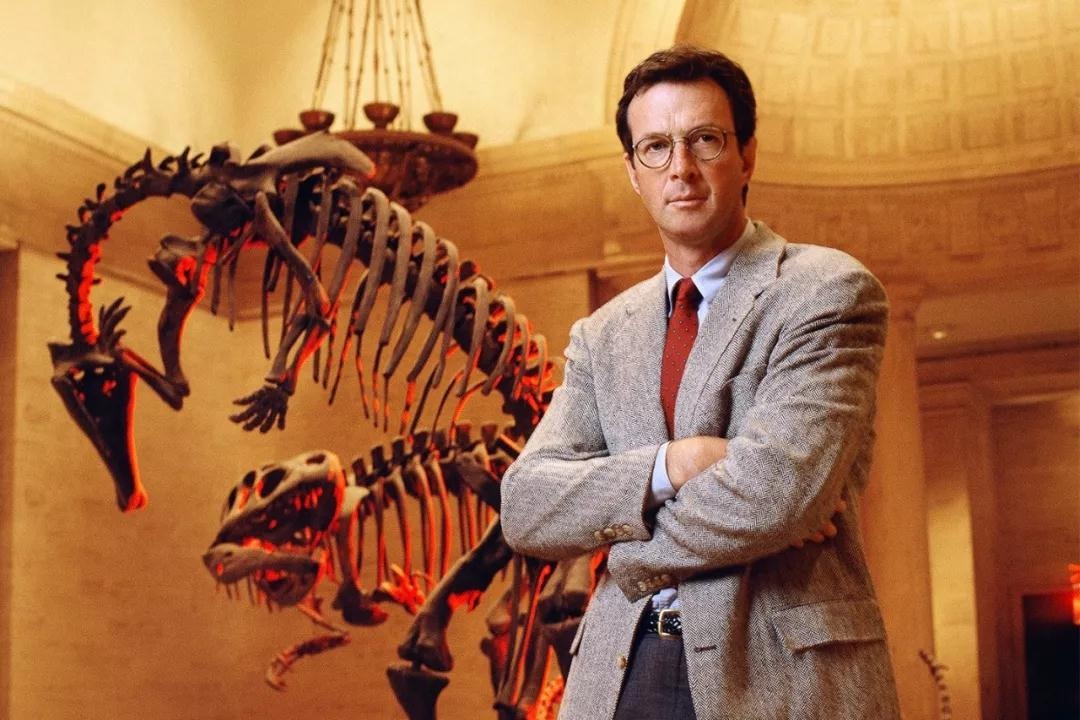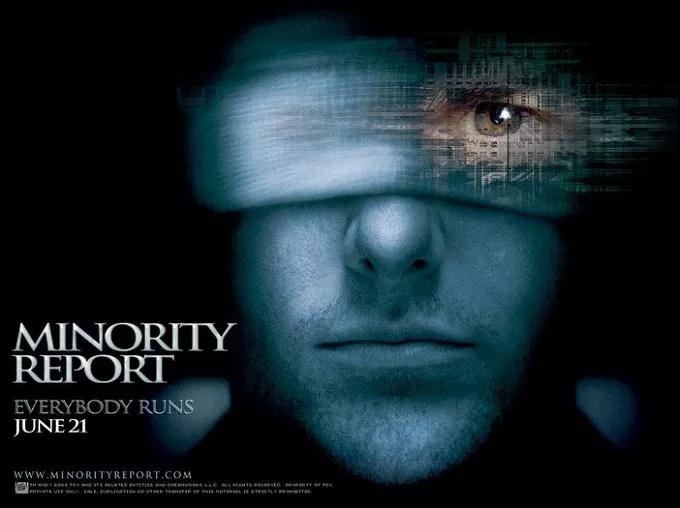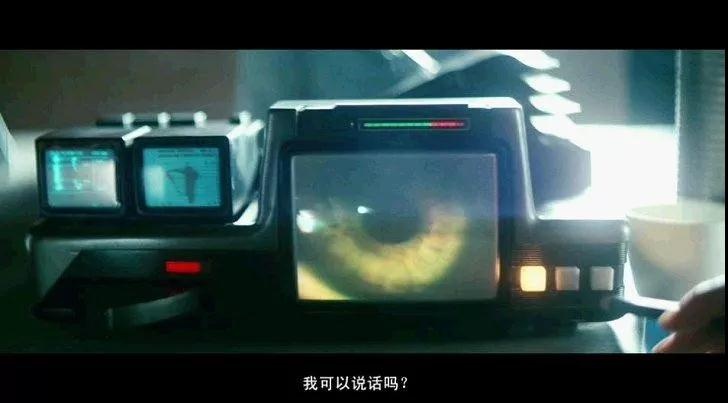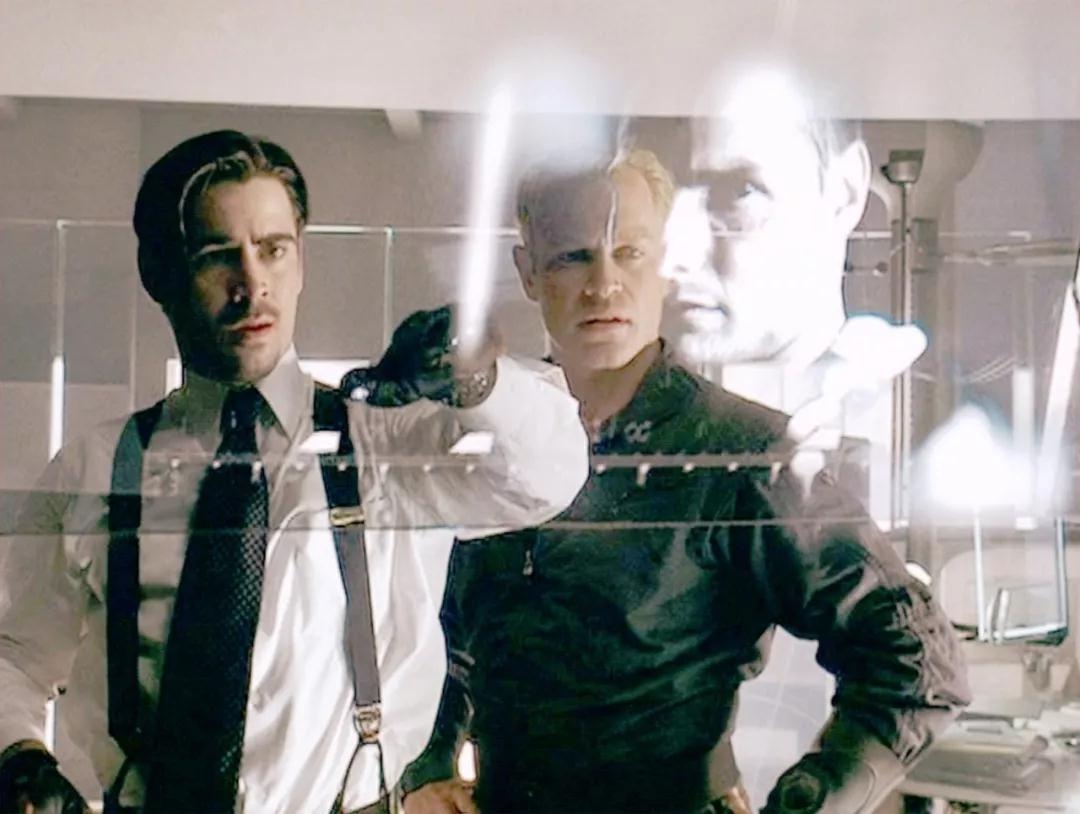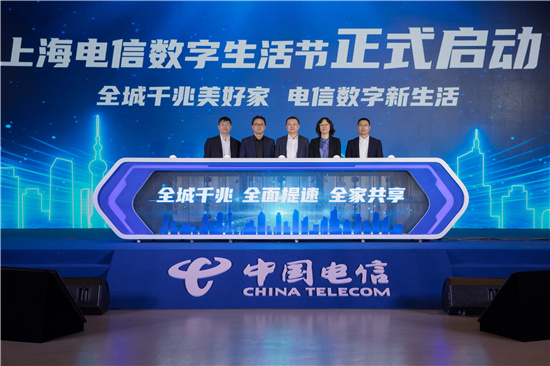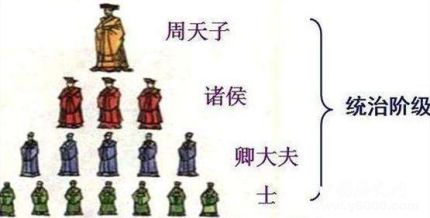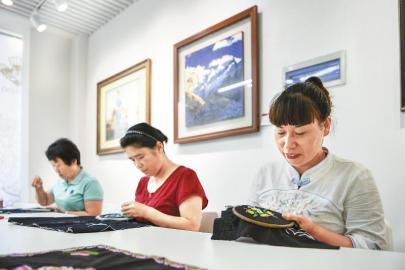The generation of science and technology and the future of mankind. Isn’t the machine "north nose" fragrant?
[Topic of the 2nd issue of the Forum]The machine has a "north nose", doesn’t it smell good?
Many people believe that "robot companion" will be the broadest market and the biggest driving force for the development of intelligent robots in the future. The so-called "eating sex" is not a strange idea. Of course, the companion robots we need are not limited to intimate "robot little brother" and "robot little sister", but also include chatting and heart-to-heart robot "intimate person" or playing with them.accompanyCrazy machine "idiot buddy", machine "plastic girlfriend", and even Dink family’s machine "son", "daughter" and "pet". What will happen to mankind and the world if the society is full of machines with "northern noses"? The second phase of the Forum on "Technology Generation and the Future of Human Beings" is about machine companionship. In particular, Professor Duan Weiwen from China Academy of Social Sciences, Professor Liu Yongmou from Renmin University of China, Professor Yan Hongxiu from Shanghai Jiaotong University and Professor Yang Qingfeng from Fudan University are invited to write articles from different angles in the form of North-South cooperation and Beijing-Shanghai dialogue. Yan Hongxiu’s "Distance between Man and Robot" reminds people to keep a safe distance from robots. Liu Yongmou’s "Will Machine Sex Swallow Human Nature?" I believe that robot companions will not lead to human mechanization. Yang Qingfeng’s "A robot that hates for love?" It is believed that intimate companionship will fundamentally change the relationship between man and machine. Duan Weiwen’s companion robot, really you lose? In-depth analysis of typical ethical issues of companion machines at the design level. Interestingly, from the perspective of counter)- pro companion robot, Yang Qingfeng’s and Liu Yongmou’s views on the intimate relationship between man and robot, and Yan Hongxiu’s and Duan Weiwen’s views on the distance between man and robot seem to have a little relative meaning.

Stills of American science fiction movie "She"
"Distance" Surrounded by Man and Robot
Yan Hongxiu (Shanghai Jiaotong University)
If the 18th-century French philosopher Juriens Aufrou de la Metri’s book Man is a Machine has narrowed the distance between man and machine from the perspective of human self-cognition, then the description of robot identity in the book Rosam’s Universal Robot by Czech writer karel capek in the early 20th century has switched the distance between man and machine many times. In the 21st century, martin rees, the former president of the Royal Society, a famous astronomer and a professor at Cambridge University, regarded robots as an element of his thinking about "the future of mankind on earth". In his book A Brief History of the Future, Israeli historian yuval harari wrote the threat posed by robots into his interpretation of "Great Separation", from which we can realize the complexity of the distance between human beings and robots.
The subtle distance between man and robot.
Whether people are machines, machines personify people, robots are enslaved by people, people enslave robots, robots threaten or betray and resist people, etc., they are all different expressions of mechanization of people and humanization of machines. In other words, they all describe the "distance" between man and machine. Looking back on the development of robots in recent years, the distance between robots and people is getting closer and closer. For example, according to the International Federation of Robotics’s "World Robotics Report 2019", in 2018, the annual sales of global industrial robots reached 16.5 billion dollars, and the cooperative robots (cobots) will be analyzed for the first time. This year, during the epidemic prevention and control period, the "intellectual" aid of the anti-epidemic machine has become a landscape of the anti-epidemic front.
Nowadays, robots have moved from the traditional industrialization scene to the companionship and housekeeping affairs in human daily life, and the man-machine symbiosis has moved from fantasy to reality. With this reality, the degree of anthropomorphization of robots is getting higher and higher. What goes hand in hand with this reality is that people’s mechanization has attracted more and more attention. It is these two aspects that further aggravate the subtlety of "distance" between human and robot.
Looking back on the past, when the robot can complete the tasks entrusted to it by human beings, human beings feel that the distance between the robot and themselves is getting closer in the cooperation between human beings and machines; On the other hand, if it can’t, it will bring the distance between the robot and people. But at present, the research and development and application of chatting robots and emotional robots are aimed at bringing people closer to robots, but at the same time, they bring some distance. Obviously, this far and near point to different dimensions.
Closer the distance between who and who, and farther the distance between who and who.
Jerry Kaplan, an American expert in artificial intelligence, described the robot as a new "virus" spreading wildly, and in his book "The Age of Artificial Intelligence-The Great Future of Wealth, Work and Thinking under Man-Machine Symbiosis", he highlighted the judgment that "you must adapt to the requirements of the robot because he will not obey your requirements" with emphasized fonts. In other words, from this time on, in the process of being surrounded by robots, the "distance" between people and robots is being squeezed closer by robots. It is also in this process that robots discipline or domesticate people. For example, in daily life, the interaction between people and robot assistants is actually the interaction between human thinking and robot thinking, and it is frustrating that in this interaction, in the process of robots adapting to people through deep learning, there are also signs that people are beginning to adapt to robot thinking.
Taking human beings reaching a destination with the help of navigation system as an example, human thinking is influenced by machine thinking as follows: people turn on the navigation system as masters, but then interact according to the machine thinking of the navigation system; When several people sitting in the same car receive several different schemes to achieve the same goal, there may be scenes in which human beings shelve the navigation system, there may be heated discussions about which system is better, and there may be a choice between different systems. On the other hand, the latter two scenes, in essence, are actually pulling people apart in the process of getting closer to robots.
When robots are getting closer and closer to people through continuous learning, human beings suddenly realize that their subjectivity is constantly being squeezed. Maybe human beings will be a leisure class, but they may also be useless. However, in any case, when swarm robotics attacks systematically, it may change the distance between people and robots into the distance between robots, and human beings’ ability to control the distance is getting smaller and smaller, or further, they lose this ability. Obviously, this "distance" is not what human beings expect.
We should keep a safe distance between people and robots, thus creating beauty.
So, what kind of distance should we keep in the face of the development of robots? On this issue, it is not so much the ideal distance between man and robot as the safe distance. Pierrot Scarufi, a global expert in artificial intelligence and cognitive science in the United States, once pointed out that human civilization will go through three stages based on the Turing test between man and machine: machine stupidity coexisting with human intelligence, machine intelligence coexisting with human intelligence, and machine intelligence coexisting with human stupidity. There is no doubt that human beings expect their own intelligence to be always online and have the ability to control machine intelligence, no matter whether the machine is stupid or intelligent.
When human beings focus on building robot ethics, in fact, human beings have realized that the distance between human beings and robots is no longer safe; When humans try to improve the similarity between robots and people, humans try to embrace robots and try to make robots embrace humans. However, when this two-way hug turns into a tight embrace, especially when the seemingly moist embrace of the robot hypnotizes people into a dream, and there is a sense of suffocation in this dream, at this time, perhaps not all but some human beings’ instinct for survival will suddenly come and demand to defend themselves by keeping a proper distance to preserve their human nature.
Therefore, humans may realize that the embrace between humans and robots really needs a little "distance", that is, a safe distance. However, it seems unclear how far or how close this "distance" is, because it still takes a process for human beings as a whole to reach a consensus on their desire to survive.
Will machine sex devour human nature?
Liu Yongmou (Renmin University of China)
Needless to say, "machine sex" is the most eye-catching topic in the field of artificial intelligence.
Many opponents believe that companion robots are becoming more and more realistic, and more and more people will live with them-some people have married inflatable dolls and virtual dolls "Hatsune Hatsune"-and over time, people will become more and more like machines, that is, lose humanity to a certain extent. I call it "the worry of human mechanization" in the intelligent age.
The "worry about human mechanization" has a long history, which can be traced back to the industrial revolution. Morrison believes: "The victory of industrialism is not only to turn individuals into slaves of machines, but also to turn individuals into components of machines." So far, people don’t think that people have been "mechanized". But opponents will say that the robot companion is not a general machine, and deeply invades the core sex area of human emotions and interpersonal relationships. Won’t this shake, damage or even devour human nature?
Physical relationships are not mysterious.
Many people look at physical relationships very differently. Lady white snake has been practicing for thousands of years, but he still doesn’t understand human nature. He must fall in love and get married with Xu Xian, and he can’t understand human nature until he is "indescribable" many times. It seems that human nature is a kind of flowing "hot element": snakes are intimate with people and can be slowly "injected" into human nature. On the other hand, will Xu Xian "snake"? Having been with snake spirits for a long time, Xu Xian’s life is worrying. Is this the result of the "loss" of human nature? Should the "flow" of human nature obey the law of conservation of transformation?
If there is a difference in the "spiritual value" between human beings and snakes, is there a difference in the "human value" owned by individuals of different races, sexes and regions? Many people think that cruel criminals and severely mentally retarded people are less human. If there is a gap in "human nature value", should the treatment enjoyed be different? Another one, the higher the "human value", the better? As far as loyalty is concerned, is "dog nature" better? What is human nature?
It is very important, mysterious and "essential" to regard sex, leaving a strong breath of sexual obscurantism. Freud tried to explain all human behaviors with sex and Libido, and his psychoanalysis was questioned as a modern version of ancient sexual worship. Many theorists have excluded it from science and regarded it as a philosophical or literary reverie.
Some people will argue that sexual relationship is not a simple physical exercise, but more importantly, the feelings attached to it. The question is: can people only have feelings with people, but not with robots? Many people have deep feelings for their pets at home. Opponents will say that pets are different from robot companions. Pets have life and spirituality. Can there be life to be spiritual? Chinese always believed that jade has spirit, and the Monkey King was conceived from stone. When a companion robot can "talk" and move like a human, its intelligence is far superior to that of a pet, and it can also copy itself. Why is it lower than the "spiritual value" of a pet? Besides, why can’t people have feelings for inanimate things? We like wenwan and antiquities, and build various museums. There are no emotional factors for them?
Love is not eternal.
Of course, opponents can say that they are worried about the love between people and their robot partners, not all feelings, because love is the most precious emotion of people and machines are not allowed to get their hands on it.
However, fetishism is not uncommon, and stockings, uniforms and underwear are the most common fetishes. In ancient Greek mythology, there is a fetish story of King Pygmalion, which tells that he fell in love with a beautiful girl carved with ivory. The king dressed her, named her Cerati, and hugged and kissed her every day. Later, the goddess of love turned the statue into a living person and married Pygmalion. Some people think that fetishes can be used to explain China’s ancient foot-binding, 19th century western waist-binding and contemporary breast augmentation fashion. From the fetish point of view, people may certainly fall in love with robot companions.
Opponents will say that sacred love cannot be defiled by fetishes. Indeed, the supremacy of love is very popular in metropolises, especially for the middle class and Wen Qing, who are well-fed and well-dressed. It is simply sublimated into "emotional ideology": "If you have money and leisure, don’t talk about Buddhism, just talk about love." However, in reality, how much constant love is enviable and respectable? Some studies believe that love is the result of the secretion of certain dopamine substances, which lasts for 18 months. In theory, people’s love for robot partners can last so long.
It is only in the last few hundred years that the saying of "eternal love" between a man and a woman prevailed, mainly due to the tireless advocacy after the rise of Christianity. In the Middle Ages of Europe, on the one hand, the church preached the one-on-one relationship severely, and on the other hand, the relationship between lovers was in fact chaotic. Bebel pointed out in "Women and Socialism" that since the rise of chivalrous novels, boasting about conquering women has gradually turned into so-called "chivalry" of praising love and respecting women, but the true chivalrous love is mostly a story of beginning chaos and ending abandonment, and the faithful love is only written in books. The situation in China is even worse. A hundred years ago, it was polygamy, and the "young couple" were so affectionate that their in-laws might accuse the kannika nimtragol of being a "fox" and delay her husband’s business. Generally speaking, the traditional marriage system is attached to the property relationship, emphasizing the housewife’s right to manage family property and affairs, which is neither a "love crystallization" nor a "love grave". There is no doubt that when women are economically independent, they can ask for a one-on-one love relationship.
I don’t want to talk about the philosophy of love. I just want to say that "love" is never eternal, but a social construct in a certain historical period. This is not a matter of human nature, because there is no evidence that it is more human to love only one person all one’s life. As you can imagine, the intimate relationship between human and robot partner is unlikely to be one-on-one. In fact, I don’t think there is universal, consistent and unchanging human nature. The above judgment is based on common sense only.
Strive to be an interesting partner.
There are also some opponents who are worried about human reproduction: contemporary life is busy and anxious, and sexual life is becoming more and more "depressed"-it is said that many couples in their thirties in big cities are now in an asexual state-if robot partners "take away" some more, human beings’ willingness to have children will definitely become weaker and weaker, and they may eventually become "extinct". Eating sex and not having children, isn’t it another kind of human nature decay?
It makes no sense to blame the companion robot for the fertility decline. Since the birth of safe contraception technology, the fertility rate in developed countries has been declining, but the robot companion has not been commercialized on a large scale. Obviously, people don’t want to have children. The crux is not technology, but system and culture. If you really want to have children, the robot partner can put on the robot uterus and engage in "robot IVF".
It must be admitted that the robot companion will have a great impact on the existing concept of love and marriage system. However, when it is more and more difficult to fall in love with someone or be loved by others, do you have to think about it: Is people getting more and more boring, and it is not as fun as a mobile phone? More and more people don’t want to get married. Do we have to think about this: Is there something wrong with our marriage, and it has really degenerated into what the "great mentor" called "legal prostitution" or "disguised prostitution"?
In a word, the sex robot may leak electricity, but I’m worried that it will devour human nature, basically thinking too much. In fact, no one knows how to be more human or less human.
A robot that hates for love?
Yang Qingfeng (Fudan University)
More than 20 years ago, a Taiwan Province singer sang a song like this: "… how much love can be renewed and how many people are worth waiting for. When love has changed, do you still have the courage to love? ….. "This song sings a person’s regret and regret after losing love. Nowadays, artificial intelligence technology brings us to a difficult problem: if I once fell in love with a robot, but I didn’t catch it, I would eventually obey the value discipline of human society; Or a machine friend confided to me that he once fell in love with a human being, but he had to part because of the value pressure of human society. Then will I or she still feel the regret and regret of losing "love"?
Standing in the blank space of words, there is no love?
When it comes to robots related to love, we can easily think of such images in sci-fi movies, such as "Su Xin" in "Mechanical Painted Skin" which has just aired recently, and the meaning of seeking true love after self-awakening. But for me, what impressed me the most was Samantha, the heroine with no visual image in the American science fiction movie She. Theodore, the hero, can’t handle the relationship with his ex-wife in reality. Occasionally, he uses an intelligent operating system product, which gives the system a female voice and is named Samantha. "She" can help T-Bag deal with many things, and her voice is soft and considerate. Later, T-Bag fell in love with her. At the end of the film, Samantha fell in love with hundreds of people at the same time through learning and evolution, and finally the relationship between Theodore and Samantha came to an end. At the end of the film, Samantha explained, "… just like I’m writing a book, a book I love deeply. However, my writing speed slowed down, so the distance between words became extremely far away, and there was endless blank space between paragraphs. I can still feel your temperature and the weight of the words that write our story. But I am standing in the blank space, standing in the distant distance between words. " From this line, we can easily think of Heidegger’s saying that "there is nothing where words are broken." For Samantha, as the writing speed slows down, the distance between words becomes larger, and there are endless gaps between paragraphs. "I" stands between words and has nothing to rely on, watching the once "love" disappear. When "her" love for T-Bag turned into a sea change,Will there be endless regrets and regrets? There is no explanation at the end of the film, but it leaves people with such a daydream problem.
Accompanying robot in reality
Compared with the robots in movies, the robots in reality are extremely retarded. It is gratifying that the artificial intelligence technology is maturing, mainly in the following aspects: First, the intelligent robot technology is also maturing. Various micro-expression recognition technologies based on artificial intelligence have become increasingly mature, and robots have been able to perceive various emotional changes of human beings and realize mind reading. An article in Science magazine in 2019 pointed out that the team of scientists was able to reconstruct the whole sentence according to the brain activity captured from language and motor areas caused by epileptic patients reading aloud. The new material technology enables robots to give people good perception and feelings, and the new robot skin is even more sensitive than the touch of human skin; Secondly, the language understanding ability of artificial intelligence is improving day by day. Although the current artificial intelligence deep learning has limitations in understanding human language and daily life, it is completely believed that it is more a matter of time to overcome this. Nowadays, the communication between human beings and intelligent robots in some fields is relatively smooth. Thirdly, we often see companion robots in various scenes at the International Consumer Electronics Show (CES). Such as human companion robots in hospitals, nursing homes and kindergartens, and pet companion robots.
Mature technology is the guarantee for the realization of functional robots. People are not satisfied with functional robots and begin to realize the ideal of companionship in science fiction movies. Robots that can chat, robots that can take care of children, etc. can be seen more and more in daily life. Of course, most intelligent robots are still too weak to produce love. However, a noteworthy fact is that robots are no longer an empirical object in the world of human life, but constitute the source of our vision to reflect and examine the companionship relationship.
The essential change of man-machine companion relationship
With the establishment of the concept of strong artificial intelligence and the gradual realization of the ideal in the film, the development and maturity of the companion robot is inevitable. We can easily imagine such a future scene: companion robots with various functions will appear in human life. An unavoidable question is, how to treat the companion relationship between man and robot? Is it a realistic presentation of Heidegger’s free relationship? This question is difficult to answer. At present, it is clear that only looking at these robots from the perspective of tools and objects is far from being able to cope with future problems. When some companion robots are in the stage of weak artificial intelligence, we don’t have to consider such problems. They are just tools, such as sweeping robots and sprinkling robots. When some escort robots can communicate with the escorted, they can no longer be regarded as a daily appliance or a tool to solve a specific problem. In the process of long-term communication, it is understandable that human beings have feelings related to robots. If intelligent robots go deep into the field of human feelings, the thinking at the level of instrumentalism can no longer cope with the emergence of such robots, and we need a non-instrumentalism concept to help us deal with future relationships. What needs to be clear is that in the long run, companion robot is not only one of the added items in our daily life, but also a dispensable and functionally replaceable product. When getting along with the companion robot,The formed world, feelings and significance make people have to worry about a quasi-subject who can communicate with me, comfort me and give me peace of mind. I will form a unique individual memory with my companion robot, which is unforgettable.
Once in the future human-computer relationship, the most romantic thing is no longer to grow old with you, but to grow bad with you. From the perspective of a robot, maybe: Finally, one day, "I" sat in a rocking chair, sleepy, thinking about the past with my human lover. We cried, laughed, envied and suffered. Suddenly, the power went out and everything went back to zero. No one has ever told me that you won’t have regrets and regrets about losing love.
Accompany the robot, and you really lose?
Duan Weiwen (China Academy of Social Sciences)
Since the appearance of information technology, the boundary between reality and virtuality has been broken again and again. Especially with the development of social robots, all kinds of companion robots begin to appear in people’s lives, and it may not be long before everyone should seriously think about how to get along with robots. Judging from the overall situation of the accelerating era of science and technology, people may not wait to come up with comprehensive and perfect technical solutions, so that all kinds of robot products and services will flood into our life world, and everyone may become an experiment of this new magic. Before rushing to the beautiful new world, let’s look at some possible problems and scenarios.
Can people establish real interaction with machines?
It is not difficult to see from the Turing test proposed by Turing that artificial intelligence is a functional simulation of intelligence. All kinds of companion robots, whether intangible intelligent software or intelligent speakers, or humanoid robots that may appear in the future, are agents or actors who can interact with people functionally. The word "agent" seems abstract, but when you grab a high-speed rail ticket with an application on your mobile phone, or go in and out of the airport and high-speed railway station through face recognition equipment, it is not difficult to find that your life is increasingly connected with the world through these intelligent machines, which are called agents. In the next step, intelligent machines will play the role of servers, caregivers, chaperones and even partners in your life.
In this vision of a pan-agent society, the first ethical question is, can humans and machines establish a real relationship? In other words, if people regard this relationship as a real relationship, will it cause some harm that cannot be ignored.
Recently, in the discussion on this issue, the distinction between "I-you" and "I-it" by contemporary philosopher martin buber has become an important starting point for thinking. Roughly speaking, whether the relationship between man and companion robot should be based on mutual equality and respect like the "I-you" relationship, or whether we can just regard companion robot as the tool I use like the "I-it" relationship. Starting from this dichotomy, people who are not optimistic about the relationship between people and companion robots can easily demonstrate that it is difficult for people and machines to form a real interactive relationship based on the "I-you" relationship, that is to say, they cannot really interact, communicate intimately and even love each other like people.
Undoubtedly, because opponents obviously can’t stop the appearance of companion robots, instead of obsessing about the authenticity of the interaction between people and machines, it is better to discuss how to face practical challenges such as children’s companion robots and elderly companion robots. For example, if children rely too much on companion robots, they may be "bad" by robots, will they be deprived or weakened of the opportunity to get care and care from parent-child interaction, or even lose the ability to establish intimate and social relations like wolf children. Similarly, some people question that the companion robot for the elderly can not fundamentally solve the needs of the elderly for interpersonal feelings, and even strengthen their loneliness when they know that the other person is a robot.
Can you break the robot doll at will?
To be fair, the interaction between human and companion robot is neither true nor false. This answer seems a bit tricky, but at this stage, this kind of ambiguity helps to think more openly and pertinently. For example, when you are in a bad mood, can you fight your robot doll? Is this a new type of domestic violence that may appear in the future? The answer to this question seems to go back to the distinction between "I-you" and "I-it". In other words, should the companion robot be regarded as the object of moral consideration or care like people themselves? Will people regard robots as "people"? From the perspective of perception, for intangible chat robots such as Xiao Bing and Xiao Du, people need to use their imagination to supplement their "personality", while the "identity" of humanoid robots is relatively easy to grasp. With the help of the theory of Levinas, a contemporary French philosopher, it is pointed out that robots should be given a face that can be recognized and distinguished, so that people can more easily regard robots as the "other" that should be treated morally. This requires that all kinds of companion robots in the future have their own faces and unique eyes.
But so far, one of the troubles that this kind of philosophical thinking will encounter is that the robot is unconscious, or even doesn’t really know that it is a robot. Its expressions and emotions are just the result of emotional calculation-the robot captures people’s expressions and emotions according to the intelligent recognition program designed by people, while making appropriate expressions and emotional reactions. Before the robot has no self-awareness, no matter how you treat it, the joy or sadness it presents is designed for people to see, and the robot itself has no inner heart that can truly feel the joys and sorrows. Therefore, whether you can beat the robot doll at will is not directly related to the ethical relationship between people and robots in the interactive sense, but mainly depends on whether people accept this behavior morally. On the one hand, to what extent do people think it is acceptable or unnecessary to pay attention to deliberately "abusing" robots; On the other hand, to what extent, people will think that the intentional "abuse" or more "violent" behavior of robots is morally unacceptable, and even what reasonable moral restrictions should be imposed on them.
It must be pointed out that the factual basis on which these moral restrictions need to be based is still unclear. Just like whether violent behavior in video games helps to vent bad emotions or strengthens violent tendencies, it is difficult to draw a clear conclusion whether "violence" against robots should be restricted. Generally speaking, the governance and supervision of companion robots in various countries is based on the principle of not restricting their development. The research interest of technology giants in the negative consequences of companion robots is often based on the premise of not affecting their application and promotion, and it is difficult for most users to rationally reflect on the physical and mental harm that "violence" may bring to robots. In short, this issue is still in the stage of conceptual discussion. From the point of view of avoiding technology abuse, we should carry out necessary research in sociology and anthropology of technology, find out the details of possible problems in specific scenarios, explore feasible ethical norms, and make them penetrate into the whole life cycle of related products, such as design, application and use.
Is the cute robot really what you want?
Robots usually imitate people’s words and deeds in the form of machines, and make them meet people’s needs more and more through continuous improvement. This brings two levels of problems. On the one hand, people will be influenced by the behavior of machines in the process of interacting with machines; On the other hand, in order to make machines cater to people, robot designers often make robots more attractive emotionally on the basis of insight into people’s psychology.
The influence of the first aspect is often invisible, but it does exist, and sometimes it even affects people’s "hardware". Many years ago, Shirley Turk, a scientific sociologist, encountered a mental illness in which some people thought they were machines. Philosophers like to call this phenomenon the colonization of the life world by technology. Taking GPS navigation as an example, the avant-garde Paris taxi drivers are used to using the navigator, while the relatively conservative London taxi drivers mainly use memory to navigate. A three-year comparative study shows that the cortex responsible for mapping time and space in the brains of Paris taxi drivers has shrunk, and some people not only can’t determine the correct driving route in real time and space, but even suffer from some kind of dyslexia. Fortunately, these symptoms are not irreversible.
On the other hand, the impact may be more significant, and some people even worry that the destruction of this "software" level will lead to the collapse of human society. Although this dystopian prospect may not come true, at least two aspects are worthy of attention. First, the companion robot may be designed to be more and more clever, and even learn to tell some white lies to people slowly. This may make people feel that robot companions are more intimate and easy to communicate, and the resulting illusion of congeniality will make people more willing to get along with robot companions. Some people may even become addicted to robots, and regard real interpersonal communication and intimacy as a fearful road. Moreover, once the robot’s ability to lie is developed, it is inevitable to accompany the robot to cover up human misconduct or illegal behavior. Of course, some philosophers may wonder whether it is possible to make a less obedient debating robot so that they can discuss philosophy with the robot, but if it is made, it is hard to say that users of philosophers with insufficient cultivation will not be annoyed because they are not as smart as robots.
Secondly, the design of robot companion is based on the acceptance of human emotions, which is likely to make the interaction between human and robot companion more attractive and satisfy their imagination of desires. In addition, the combination with games and virtual reality is hard to say that they will not indulge in it and will eventually destroy the foundation of human reproduction and civilization development linked by emotional relations. Whether this worry is groundless or not undoubtedly returns to the question of the authenticity of the interactive relationship between people and robots and even the intimate relationship. For example, will the intimate relationship between people and robots weaken the ability to form intimate relationships between people? Will this behavior change lead to the degeneration and change of the "brain circuit" of people related to it? And once we realize the virtuality of this intimate relationship, will people’s attitude towards emotions go to complete nothingness?
Although some critics believe that the love relationship with sex robots is just an extension of traditional sex trade or sexual violence on the machine, it is a manifestation of male chauvinism and misogyny. However, its advocates point out that, on the one hand, robot technology can at least copy the love activity and its psychological attraction process functionally; On the other hand, human beings have a psychological tendency to personify animals, objects and machines emotionally. In their view, it is a new evolution of human beings to establish attachment or love relationship with entities other than their own species, and the combination of robots’ catering to human emotions and people’s anthropomorphic psychological tendency to machines will make the love between people and their partners become a new way of love.
Although the related technology has not really been realized, we can still make necessary reflection on its possibility. Perhaps the future of companion or companion robot has infinite possibilities, and it is hard to predict whether it is a blessing or a curse. But in terms of intention, we should try to limit those designs with ulterior motives from the beginning. Therefore, at least from the perspective of ethical design, companion robots that deliberately lie should not be made, and at the same time, companion robots that fool and manipulate people’s emotions should be put an end to.
As far as everyone is concerned, under certain circumstances, companion robots can be used as an auxiliary tool for learning and practicing intimate relationships, and can also be used as a temporary comfort method when emotional injuries occur; But in this process, you should take a tentative and reflective attitude, especially be alert to the self-abandonment and addiction caused by it. Technology is neither Niu Mowang nor Bai Gujing. Facing the hole dug for you by the monkey Sun, you need more entertainment spirit and game attitude. You may even use self-mockery and humor to make the robot companion an opportunity for you to understand your emotions and give up your troubles. For example, you can learn the design principle of the robot’s blurred eyes with the robot while chanting "and a moment that ought to have lasted for ever". In the era of advanced technology, technology permeates the surroundings like air. In order not to get lost by it, everyone should learn to get along with technology alone, and this new self-regulation or self-ethics is actually the Zen machine that every human individual needs to understand and practice most.
Of course, this topic also involves many interesting issues. For example, if people and machines really love each other, do we have to let robots learn to dream about electronic sheep? Will the gender and role distribution of robots bring social gender problems to robots? Also, before the machine awakens itself, will the robot itself form its own group and society with its own identity, and thus realize the differences between robots and people? In other words, in the future world, people and machines will merge and coexist, and become indistinguishable life beings …
